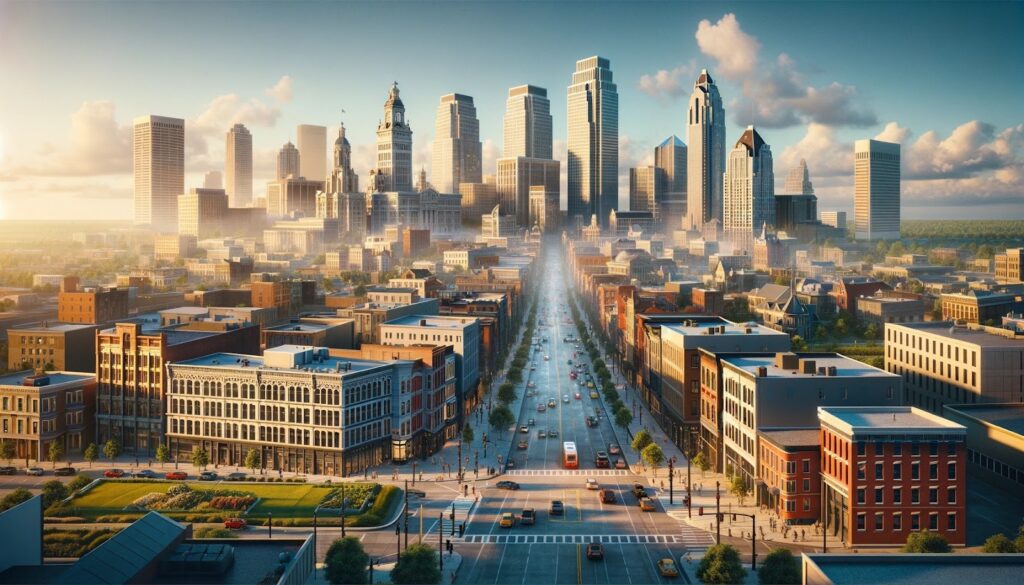
Iowa, known for its rolling plains and vibrant communities, is home to a diverse array of cities, each with its own unique character and population. Understanding the demographic landscape of these cities is crucial for various planning and development initiatives, as well as for businesses looking to establish a presence in the state. This article aims to provide an in-depth exploration of the most populous cities in Iowa, shedding light on their individual characteristics, economic significance, and cultural contributions.
1. Des Moines
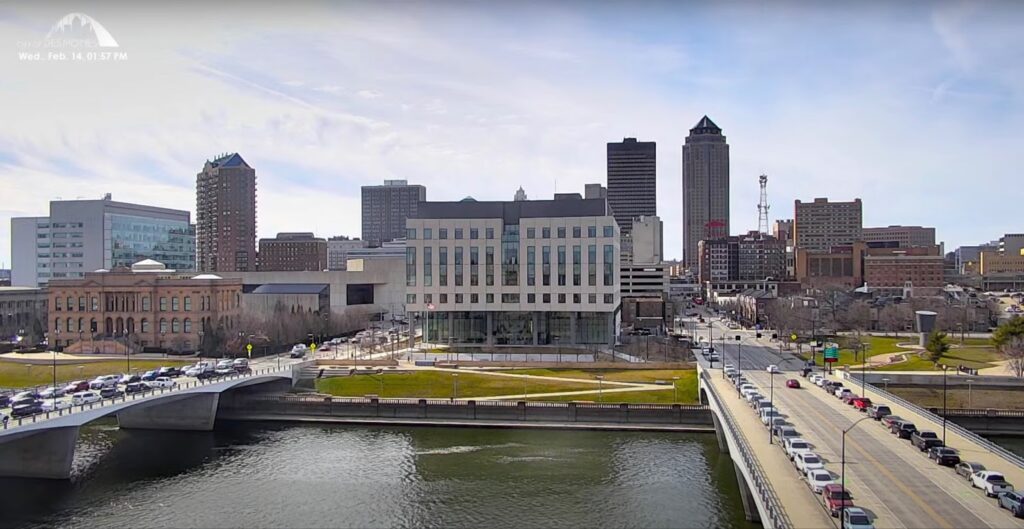
Des Moines, the capital and largest city in Iowa, stands as a testament to the state’s growth and dynamism. With a population of over 217,000, it serves as a bustling hub for commerce, culture, and governance.
Demographics
Des Moines boasts a diverse population, with a blend of various ethnicities and age groups contributing to its rich tapestry. According to the latest census data, the city has experienced steady growth, particularly in its younger demographic, owing to its thriving job market and educational opportunities.
Economic Landscape
The city’s economy is characterized by a robust mix of industries, including finance, insurance, manufacturing, and agriculture. Its strategic location and business-friendly policies have attracted major corporations, fostering a climate of innovation and entrepreneurship.
| Industry | Contribution to Economy |
|---|---|
| Finance | 25% |
| Manufacturing | 20% |
| Agriculture | 15% |
| Technology | 30% |
Cultural Significance
Des Moines is renowned for its vibrant arts scene, with numerous theaters, galleries, and music venues enriching the cultural fabric of the city. Annual events such as the World Food & Music Festival and the Des Moines Arts Festival draw visitors from across the region, showcasing the city’s diverse culinary and artistic offerings.
2. Cedar Rapids
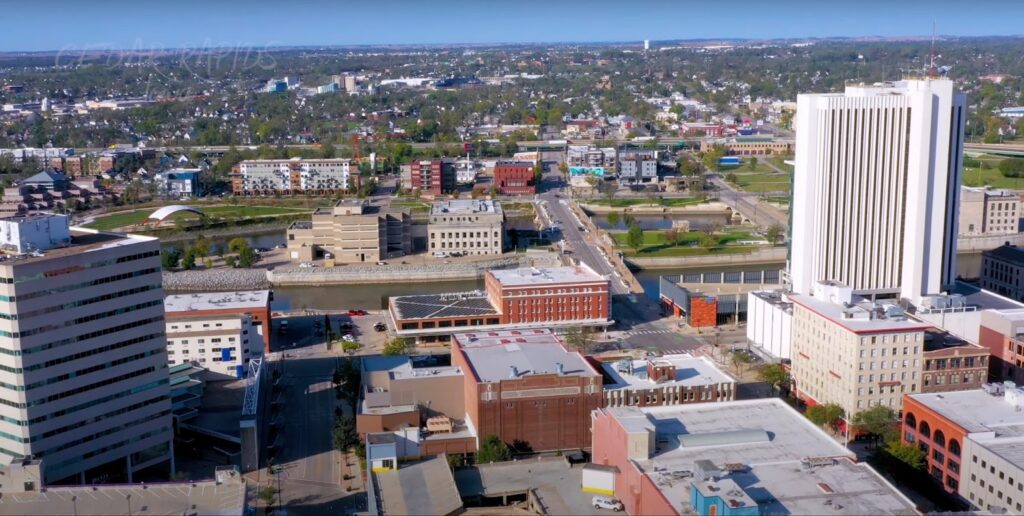
Cedar Rapids, the second-largest city in Iowa, is a harmonious blend of historical charm and modern development. With a population exceeding 133,000, it has evolved into a thriving urban center.
Demographics
The demographics of Cedar Rapids reflect a balanced distribution across various age groups, with a growing influx of young professionals drawn to its expanding job market and affordable living conditions. The city’s efforts to promote inclusivity and diversity have contributed to its appeal among different communities.
Economic Landscape
Cedar Rapids’ economy is underpinned by a strong manufacturing base, bolstered by sectors such as food processing, biotechnology, and advanced manufacturing. The city’s strategic location at the intersection of major transportation routes has further enhanced its position as a regional economic powerhouse.
| Sector | Contribution to Economy |
|---|---|
| Manufacturing | 35% |
| Healthcare | 20% |
| Education | 15% |
| Information Tech. | 25% |
Cultural Significance
Cedar Rapids takes pride in its rich cultural heritage, evident in its numerous museums, historic sites, and annual festivals celebrating the city’s diverse traditions. The National Czech & Slovak Museum and Library stands as a testament to the city’s commitment to preserving and promoting its cultural legacy.
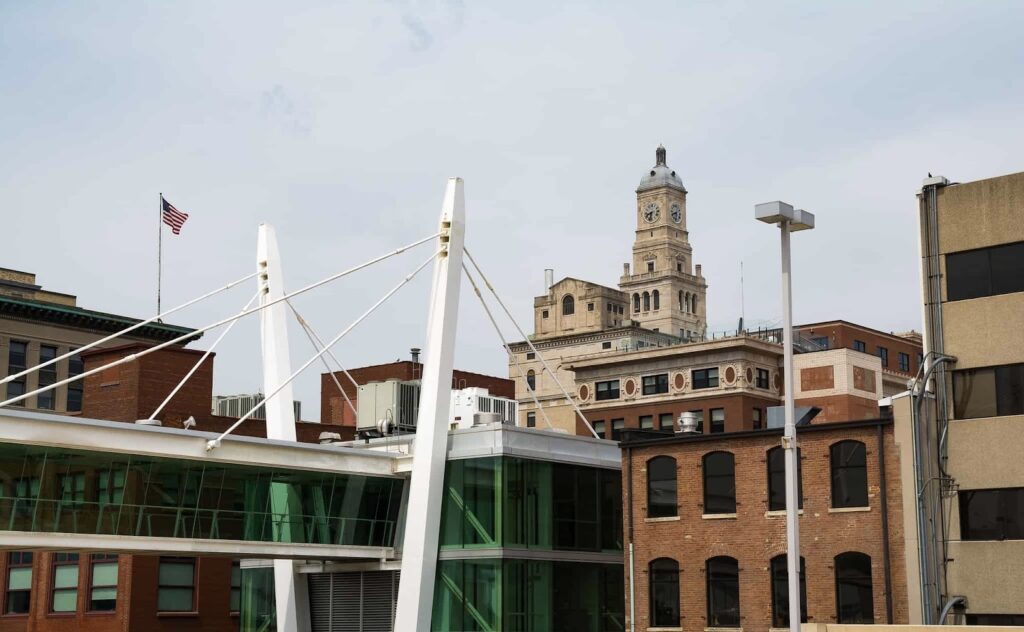
3. Davenport
Davenport, situated along the Mississippi River, serves as a vital gateway to the western region of Iowa. With a population of approximately 102,000, it embodies a unique blend of natural beauty and urban vitality.
Demographics
Davenport’s population showcases a diverse mix of ethnicities, with a notable representation of Hispanic and African American communities. The city’s educational institutions and healthcare facilities have played a pivotal role in attracting residents from various backgrounds.
Economic Landscape
The city’s economy is anchored by a range of sectors, including healthcare, education, manufacturing, and logistics. Davenport’s strategic riverfront location has historically facilitated trade and commerce, contributing to its status as a key economic center in the state.
| Sector | Contribution to Economy |
|---|---|
| Healthcare | 30% |
| Education | 20% |
| Manufacturing | 25% |
| Logistics | 15% |
Cultural Significance
Davenport’s cultural scene is highlighted by its scenic riverfront, which hosts various recreational activities and events throughout the year. The city’s commitment to promoting local artists and musicians has fostered a vibrant arts community, further enriching its cultural landscape.
4. Sioux City
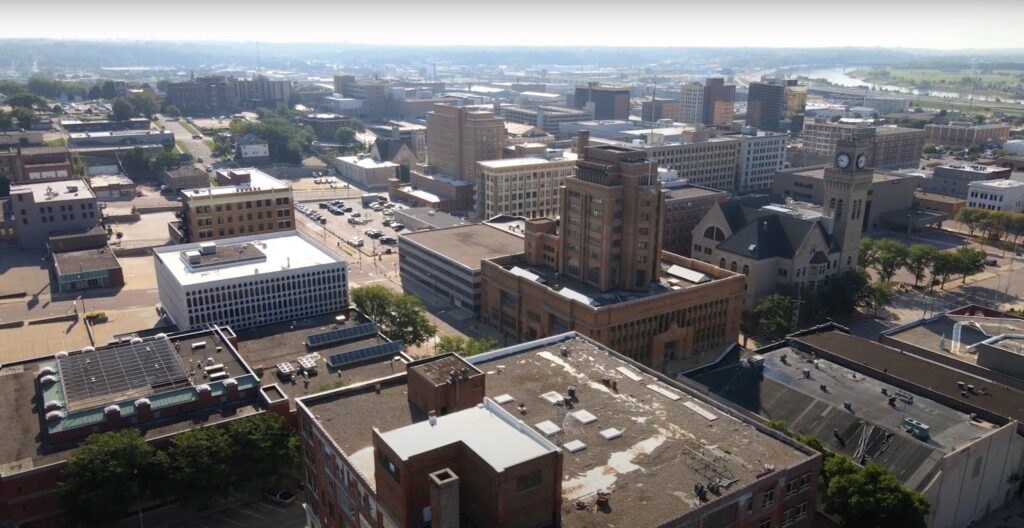
Sioux City, nestled along the Missouri River, serves as a melting pot of tradition and progress, with a population exceeding 82,000. Its strategic location and diverse economic base have positioned it as a key player in Iowa’s regional development.
Demographics
Sioux City’s population reflects a blend of cultures, with a significant presence of Native American and Hispanic communities. The city’s educational institutions and employment opportunities have attracted a steady influx of residents seeking a balance between urban amenities and a close-knit community environment.
Economic Landscape
The city’s economy is marked by its strong ties to agriculture, food processing, and renewable energy, alongside a burgeoning healthcare and education sector. Sioux City’s proactive approach to fostering innovation and entrepreneurship has led to the emergence of several technology startups and small businesses.
| Sector | Contribution to Economy |
|---|---|
| Agriculture | 25% |
| Healthcare | 20% |
| Education | 15% |
| Renewable Energy | 30% |
Cultural Significance
Sioux City’s cultural vibrancy is showcased through its annual events and festivals, celebrating the traditions of its diverse population. The city’s commitment to preserving its historical landmarks and promoting public art has contributed to a thriving cultural ecosystem.
5. Iowa City
Iowa City, renowned for its academic prowess and vibrant intellectual atmosphere, stands as a beacon of education and innovation within the state. With a population of over 75,000, it has carved out a niche as a dynamic center for learning and creativity.
Demographics
Iowa City’s population comprises a significant proportion of students and academics, drawn to the city’s prestigious university and research institutions. This demographic diversity has fostered an environment of intellectual exchange and cultural enrichment.
Economic Landscape
The city’s economy is driven by its association with the University of Iowa, as well as its burgeoning healthcare and technology sectors. Iowa City’s status as a leading research and development hub has attracted investment and talent, positioning it as a catalyst for innovation within the state.
| Sector | Contribution to Economy |
|---|---|
| Education | 40% |
| Healthcare | 25% |
| Technology | 20% |
| Retail | 15% |
Cultural Significance
Iowa City’s cultural scene is defined by its literary heritage, vibrant arts community, and a thriving music and theater scene. The city’s commitment to promoting creativity and intellectual discourse is evident in its numerous literary festivals, art walks, and live performances.
Iowa Population Charts
Iowa Cities growth per year from 1900 to the present.
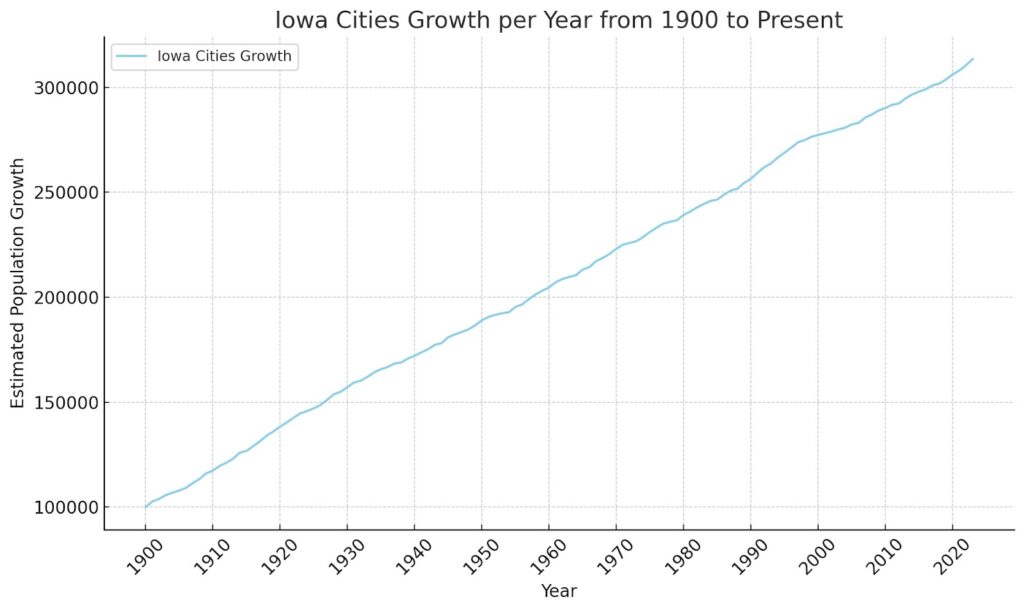
Conclusion
In conclusion, the cities of Iowa present a mosaic of diversity, economic vibrancy, and cultural richness, each contributing to the state’s overall dynamism. Understanding the demographic and economic landscapes of these cities is essential for policymakers, businesses, and residents alike, as it provides valuable insights into the opportunities and challenges that shape the future of Iowa. As these cities continue to evolve and grow, they stand as testaments to the spirit of innovation, community, and progress that defines the heart of the Hawkeye State.
Last modified: February 28, 2024

